She thought it was the ingredients in her beloved products. But then she thought, what if it’s the quantity of product that was was the problem? One clog-prone writer explains how she discovered that she was clogging her pores by simply applying too much.
Lots of ingredients get a bad rap for clogging people’s pores. If you google “comedogenic ingredients,” you’ll find rating scales, lists pros and cons, and lots and lots (and lots and lots) of opinions. (“Comedogenic” means “likely to create comedones,” or likely to clog pores.) “Coconut oil is comedogenic! Never use it! Your face will explode” will be two clicks away from “Coconut oil saved me when my acne was its worst!”
To a newbie just looking for basic information, all those pages of opinions can be confusing. Everyone sounds like such an expert, but they disagree with each other. How is the new-to-skincare person supposed to know what is really clogging their pores?
One of the things I love about the Asian beauty community is our commitment to the principle of YMMV. Over and over the veterans tell us, your mileage may vary. One person’s holy grail is another person’s allergy substance of death. What works for me might not work for you. Get to know your skin. There’s no shortcut past trial and error.
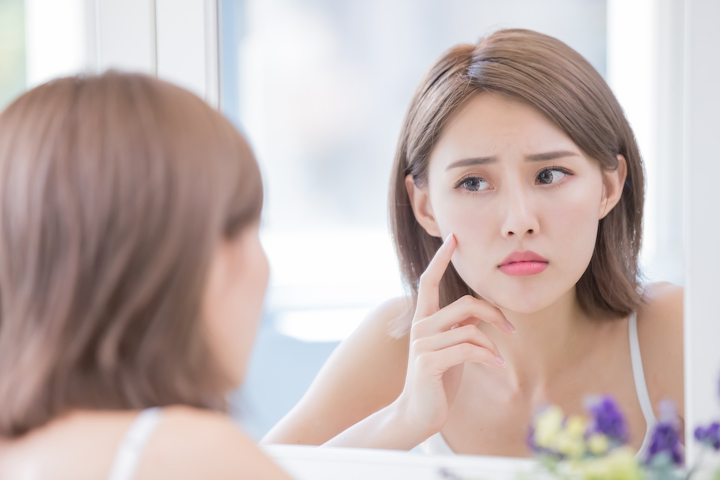
With that in mind, here’s something I recently learned about my own skin through — you guessed it — trial and error: Sometimes what is clogging my pores isn’t the product or a specific ingredient in it. It’s how much of the product I’ve applied.
Three types of products seem to behave like this for me: oils, thicker humectant toners, and certain sheet mask essences.
Oils
My skin has responded calmly and rationally to the cold weather by desiccating into a cracked wasteland of screaming dryness. As a result, I’ve discovered a love for rosehip oil. Some people swear by its linoleic acid. I’m not advanced enough in skincare yet to speak to that, but I can definitely speak to its emollient and occlusive properties. Adding rosehip oil to my morning and evening routines, sometimes more than once in a single routine, repaired my skin like magic.
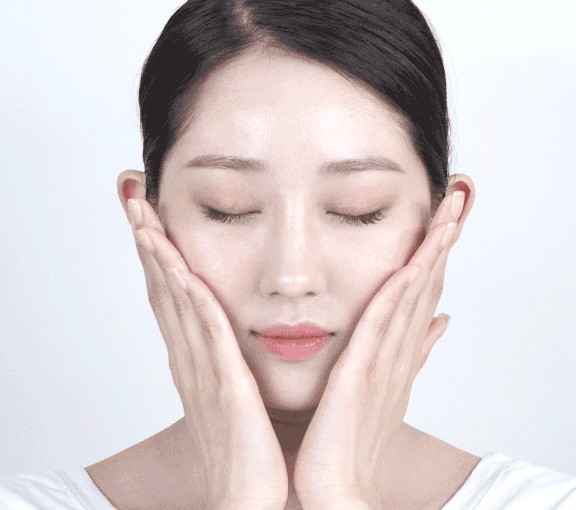
Until it didn’t. I’d just gotten used to slathering on that odd-smelling yellow soothing potion as much as I wanted with no consequences — maybe I’m not clog-prone anymore! Amazing! — when one night I saw a bunch of clogs. Just that morning I’d used the same routine, the same oil, and seen nothing but smoothness as a result. Suddenly my cheeks and forehead were comedo city.
Humectant toners and sheet mask essences
The same thing had previously happened with a few primarily humectant substances: Hada Labo Gokujyun Premium Hyaluronic Acid Lotion (in the gold bottle), Earth’s Recipe Energy Boosting Toner, and several varieties of Papa Recipe Bombee Honey sheet mask. In times of great skin parchedness or irritation those products were wonderful … until they weren’t. A routine that had worked perfectly for days was suddenly producing blackheads and whiteheads where none had been before.
Solving the mystery
I’ve heard a lot about specific ingredients being comedogenic, so when I first noticed my thicker toners breaking me out I thought I must just have finally noticed something that had been happening as long as I’d been using them. There must be something in them that didn’t work for me.
When I put my toners and honey sheet masks on the naughty step, though, and then had the same thing happen with rosehip oil (by which time I was more experienced and confident in my observations), the penny finally dropped. Maybe it wasn’t the products themselves. They’d been working beautifully for me just days before. Maybe it was something about the quantity, or the application technique, or the application frequency.
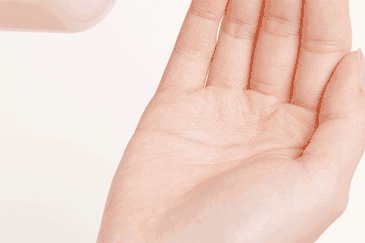
To confirm my suspicions, I used the spreadsheet method to determine which ingredients my clogging products had in common. (For details on the spreadsheet method, look here.) Glycerin, sodium hyaluronate, and disodium edta all showed up in my problem products. But then I added rows for two products that have never caused clogs — Goodal Waterest Lasting Water Oil and Mamonde Chamomile Pure Toner — and found those three ingredients in my safe products too.
So it wasn’t the ingredients. It was something else. Over the next few weeks I experimented with using light layers of my “problem products” and found that as long as I was careful not to add them except when I needed them, they didn’t cause any clogs at all.
What I know now
As always, what I just learned about skincare goes back to principles I’ve been hearing since the beginning: Listen to your skin. It turns out my skin has been trying to tell me when it wants a thick humectant toner, when it wants a rich and sweet sheet mask, when it wants oil, and when it’s had enough of those things.
My skin is always dry and tight after I wash it. That feeling begs for water, so I pour water into it. I love thinner toners (my new precious is Mamonde Rose Water Toner). Once my skin has had a layer or two, I turn to thicker things: Sulwhasoo Snowise Brightening Water, Goodal Waterest Lasting Water Oil, and (currently) Earth’s Recipe Energy Boosting Toner.
And here, I’ve now learned, I must pause. After I’ve patted in some or all of these substances, I have to give it a few minutes. I might putter around, go pour myself a cup of tea, make the bed real quick. I wait until I can tell my skin has absorbed what it’s going to absorb, then I head back to the bathroom mirror to evaluate.
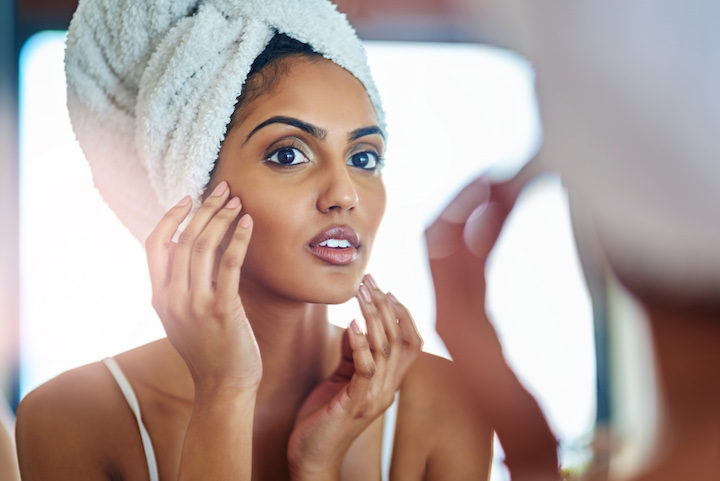
If I tap my cheeks lightly with my fingertips, they will tell me whether they’re thirsty for more or it’s time to move on. If I feel nothing, I can use a little more. If I feel the urge to rinse my face, I’ve already used too much. If I don’t feel the urge to rinse but there is a very slight tackiness under my fingers, I’ve used just exactly enough.
When I’ve used just exactly enough but I add more anyway, that’s when clogs begin to form. That’s the moment when products that weren’t a problem a minute ago become a problem.
Similarly, there are some sheet masks whose extra essence I can keep and pat in later without any trouble. Klairs Rich Moist Soothing Tencel Sheet Masks are great for this. Richer, more complicated essence formulations seem to work best when I use them just once, with the mask itself, and then throw the package away.
How to manage clog-prone skin
Oh, how I wish I could say something more confident and comforting than “get to know your skin!” Unfortunately, there is just not an easier way than going through the learning curve yourself. And I’m still in the learning curve, so I don’t even have all the answers for my own skin.
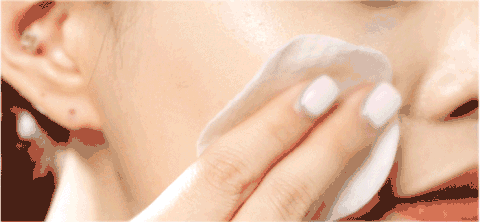
Fortunately, others have gone before us. Once I get home after a long trip next month I’m going to try adding a BHA into my life with some regularity. Many of the bloggers and skincare veterans I follow swear by BHAs. Jude Chao, who writes under the name Fiddy Snails, has a neat writing about her method for dealing with clogged-up skin here.
I also use azelaic acid, prescribed for me by a dermatologist. (That’s why I said “try adding a BHA to my life” rather than “definitely add a BHA to my life.” If AzA and BHA are too much for one poor clog-prone face, I’m sticking with my AzA.)
And if those weren’t enough acids, I have some AHAs in my stash too! For my clogs that aren’t exposed — whiteheads and closed comedones as opposed to blackheads — a gentle AHA like lactic acid might help.
Basically, clog-prone skin might benefit from exfoliation. I do a few kinds of exfoliation already. I’m looking forward to expanding my horizons, but I know it’s going to take a while to get it right, since skincare is such a fiddly little thing. First I need to make sure my base routine is safe and non-clogging, and then I need to introduce new exfoliating products gently one at a time, giving them long enough to be sure that the results I see can be attributed to a specific change. At present I’m well-adjusted to tretinoin, azelaic acid, and L-ascorbic acid. BHAs and AHAs will have their tryouts next.
I’ve made a lot of progress, but there’s still so much more to learn. And if I’m honest, that’s one of the things I love about K-beauty.
Is your skin prone to clogs? How do you manage them? And what products and application methods work for you to avoid clogging your pores in the first place?
Loading...